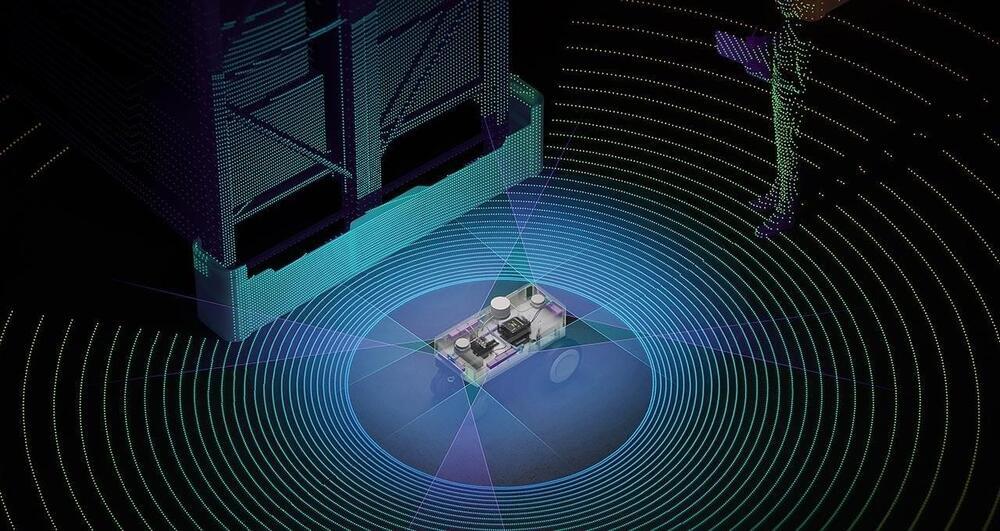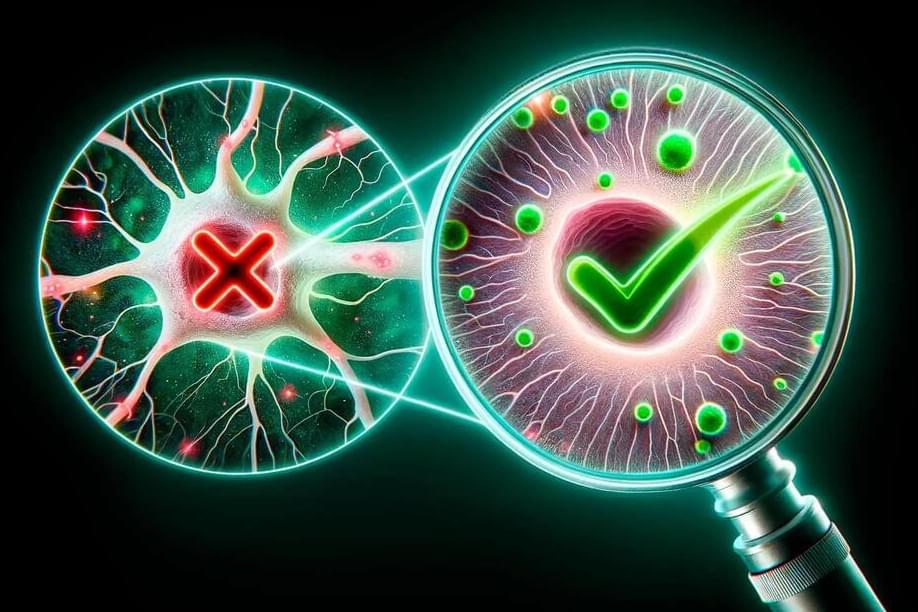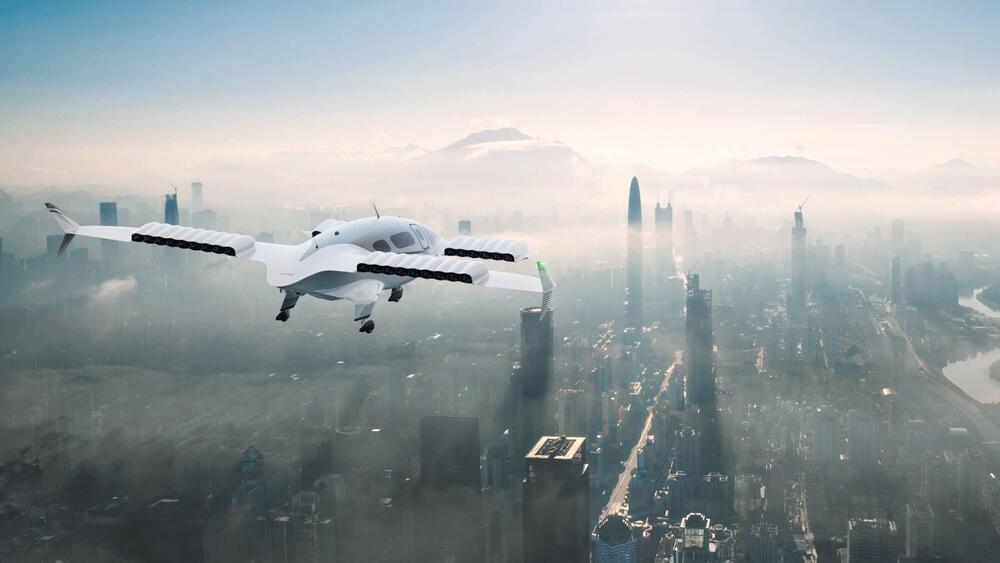
Nvidia has announced what the company called its “largest-ever platform expansion for Edge AI and Robotics,” and rightfully so. In typical Nvidia fashion, the company is bringing together years of work on several different software platforms to meet the needs of a very specific application – robotics. Nvidia has been developing solutions for robotics, or what should more appropriately be called autonomous machines, for more than a decade. In conjunction with the company’s investment in artificial intelligence (AI) and autonomous vehicles, Nvidia was one of the first tech companies to see the potential in future robotics platforms leveraging AI and technology developed for other segments,… More.
He announcement includes adapting generative AI (GenAI) models to the Jetson Orin platform, the availability of Metropolis APIs and microservices for vision applications, the release of the latest Isaac ROS (Robot Operating System) framework and Isaac AMR (autonomous mobile robot) platform, and the release of the JetPack 6 software development kit (SDK). According to Nvidia, these releases include more value than all the other releases over the past 10 years combined. All the areas highlighted in green in the figure below are new or updated in this platform release.
One of the most significant enhancements is support for GenAI. As we at Tirias Research have indicated in previous articles, GenAI will be transformative for not just people, but also machines. Nvidia is working to enable zero-shot learning, which will enable devices to learn and predict results based on classes of data rather than being trained on specific samples. This will allow for shorter training cycles and more flexible interactions with and use of the resulting models. Nvidia is also predicting a new innovation cycle for autonomous machines as much of the learning shifts from text-based solutions to video or multi-modal (text, audio & video) training. Nvidia also included its new transformer PeopleNet model to increase the accuracy of people identification. But most important is the capability of the Orin platform to execute large language models (LLMs).









